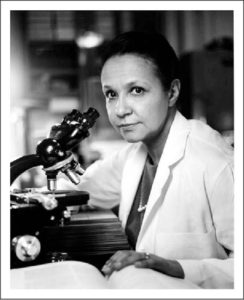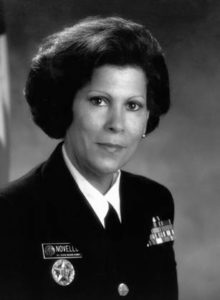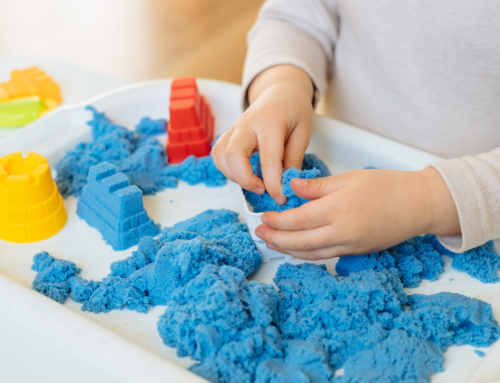Learn about the first women physicians in history and make a Thank You card to the Women Physicians in your life! National Women Physicians Day honors the birthday of the first women doctor, Dr. Elizabeth Blackwell, but the day also celebrates the work of the millions of women doctors who have followed her! National Women’s Physicians Day is on February, 3 every year!
Introduction
• Can you imagine if you (if you are a girl) or your sister was not allowed to be a doctor? That is what it was like in the 1800s.
• Today, we are lucky that there are both male and female doctors.

• Dr. Elizabeth Blackwell (1821-1910) was the first woman to receive a medical degree in the U.S. and was a pioneer (one of the first) in promoting education in medicine for women, even opening a medical college for women. After a friend told Blackwell that she would have felt more comfortable with a woman doctor, Blackwell wanted to become a doctor. She did not think it should matter that she was a woman. People thought women either were not smart enough or did not have the stamina to get through medical school. She applied to 12 medical schools before she was accepted as a medical student.

• Dr. Jane Cooke Wright (1920- 2013) is best known for her groundbreaking cancer research. She is referred to as the Mother of Chemotherapy and was the first physician to develop the technique of using human tissue culture to test the effect of potential drugs on cancer cells. Dr. Wright is listed in the Women Pioneers of Medical Research for her extensive research on cancer and other diseases. She also ranked as the highest Black American Woman at a nationally recognized medical institution. Dr. Wright was appointed to the National Cancer Advisory Board by President Lyndon Johnson and President’s Commission on Heart Disease, Cancer, and Stroke. In 1971, she became the first woman elected president of the New York Cancer Society.

• Dr. Antonia Novello was born in 1944. In 1990, President George Bush appointed Dr. Antonia Novello to the post of Surgeon General of the United States. The Surgeon General is in the top medical position in the United States government and is in charge of the government’s policy decisions on health matters. Not only was she the first woman to be named Surgeon General, but she was also the first Hispanic to receive the honor. She was trained as a pediatric (child) nephrologist (kidney specialist) and became a clinical professor of pediatrics at Georgetown University Hospital in 1986. Dr. Novello found new opportunities for Hispanic Americans to participate in health issues. y.
Thank You Card Activity!
Now that we know about some of the courageous women who were the first to become doctors, show your appreciation by creating a Thank you card for your favorite women doctor. Attached is a free Thank you sheet to fill out.
Instructions for completing My Favorite Doctor Thank You Card:
1. You may complete this Thank You card for any lady doctor. It could be your aunt, cousin, friend, mother, or your own doctor.
2. Print out the attached card and these instructions.
3. In the first empty box on the card, draw a picture of your favorite doctor.
4. Read the short sentence starter at the top for all the other boxes, then write something special about your favorite doctor.
5. Color/decorate your card. You might want to apply Elmar’s glue to the empty spots and sprinkle some glitter over the card. Make sure you dump all the extra glitter into a trash can instead of on your floor.
6. Do not forget to sign your name at the bottom of the card!
7. If you wish to frame the card, tape, or glue the sheet to a piece of cardboard or thick paper. Then glue little puzzle pieces (or something similar) around the outside of the card. Let dry. Use glue that dries clear.







Leave A Comment
You must be logged in to post a comment.